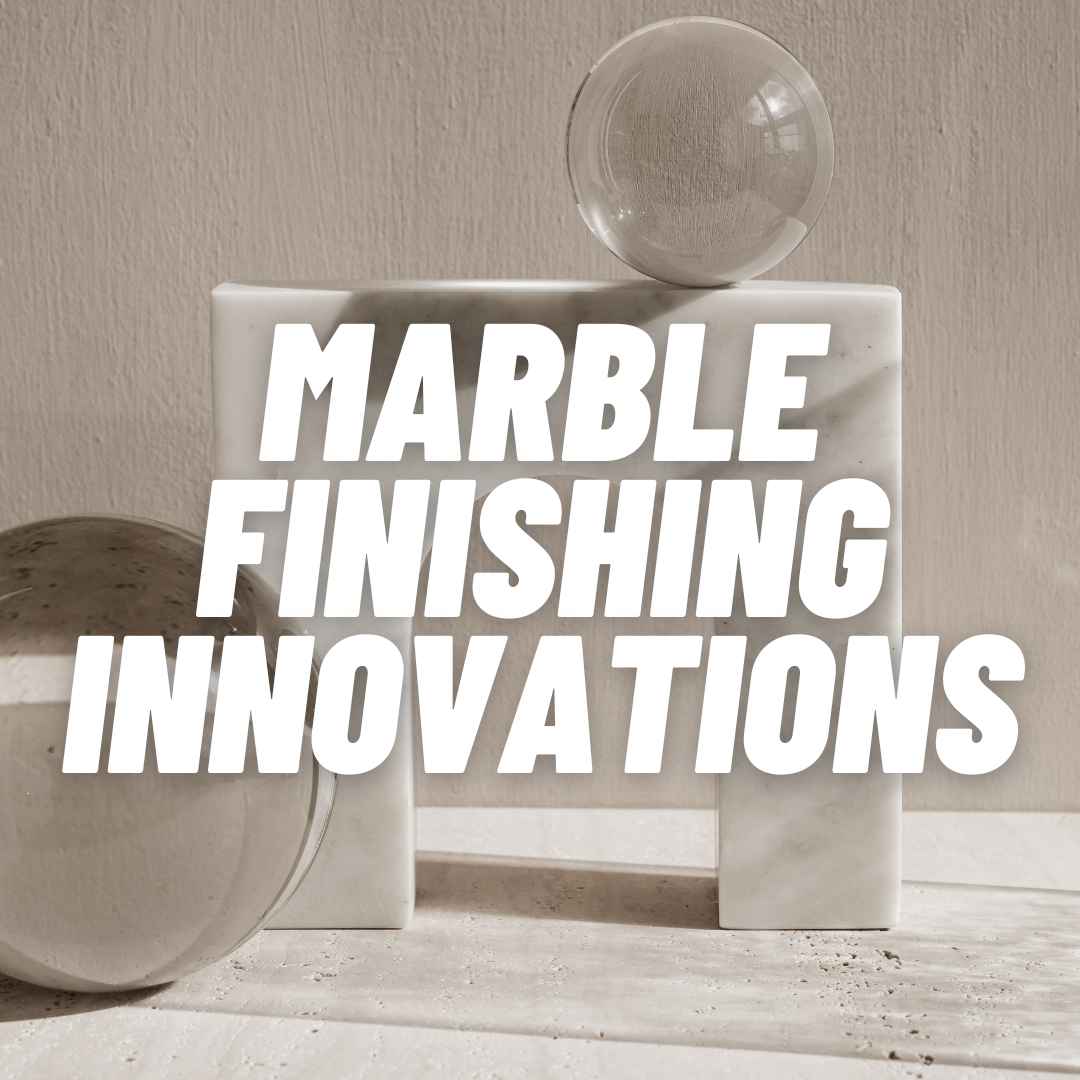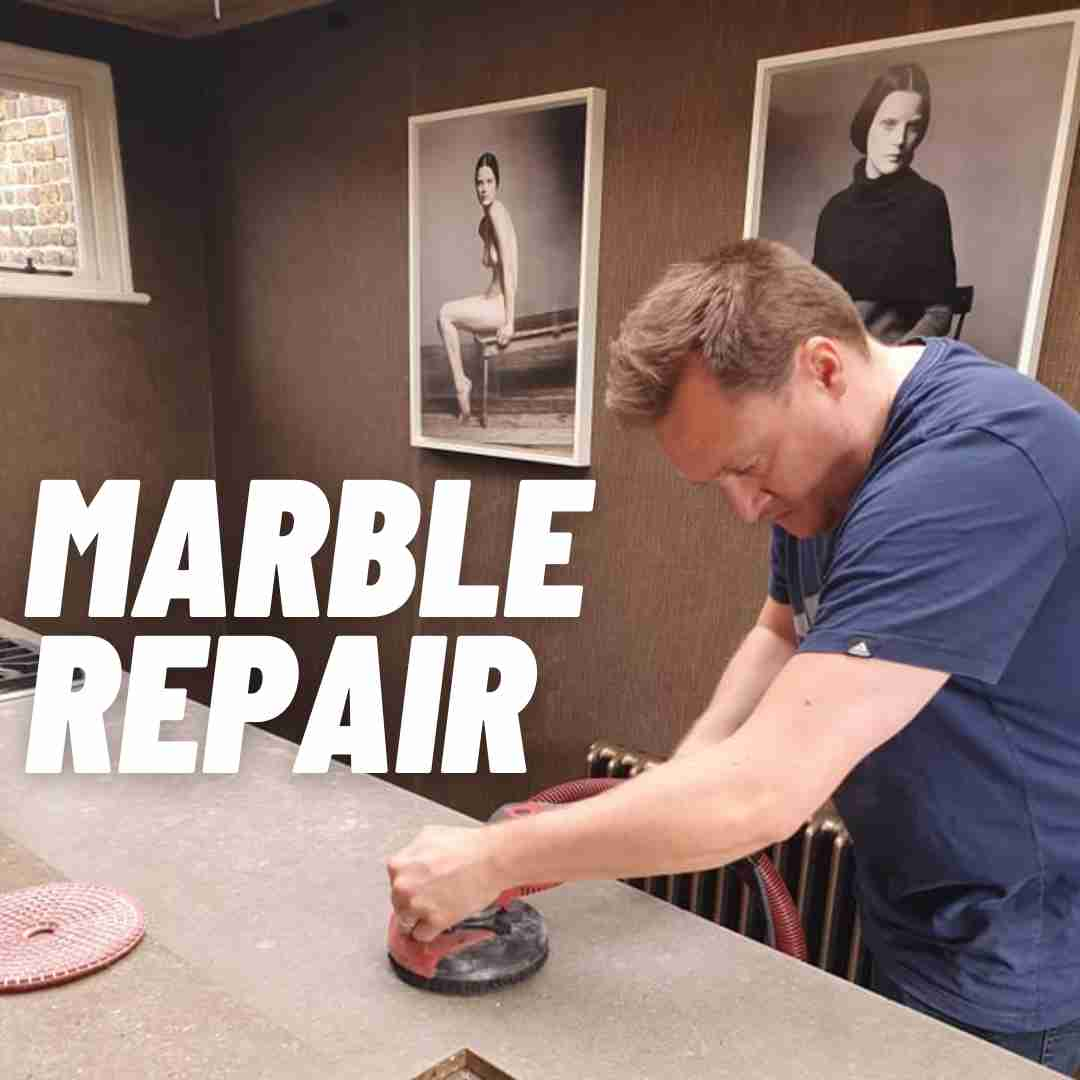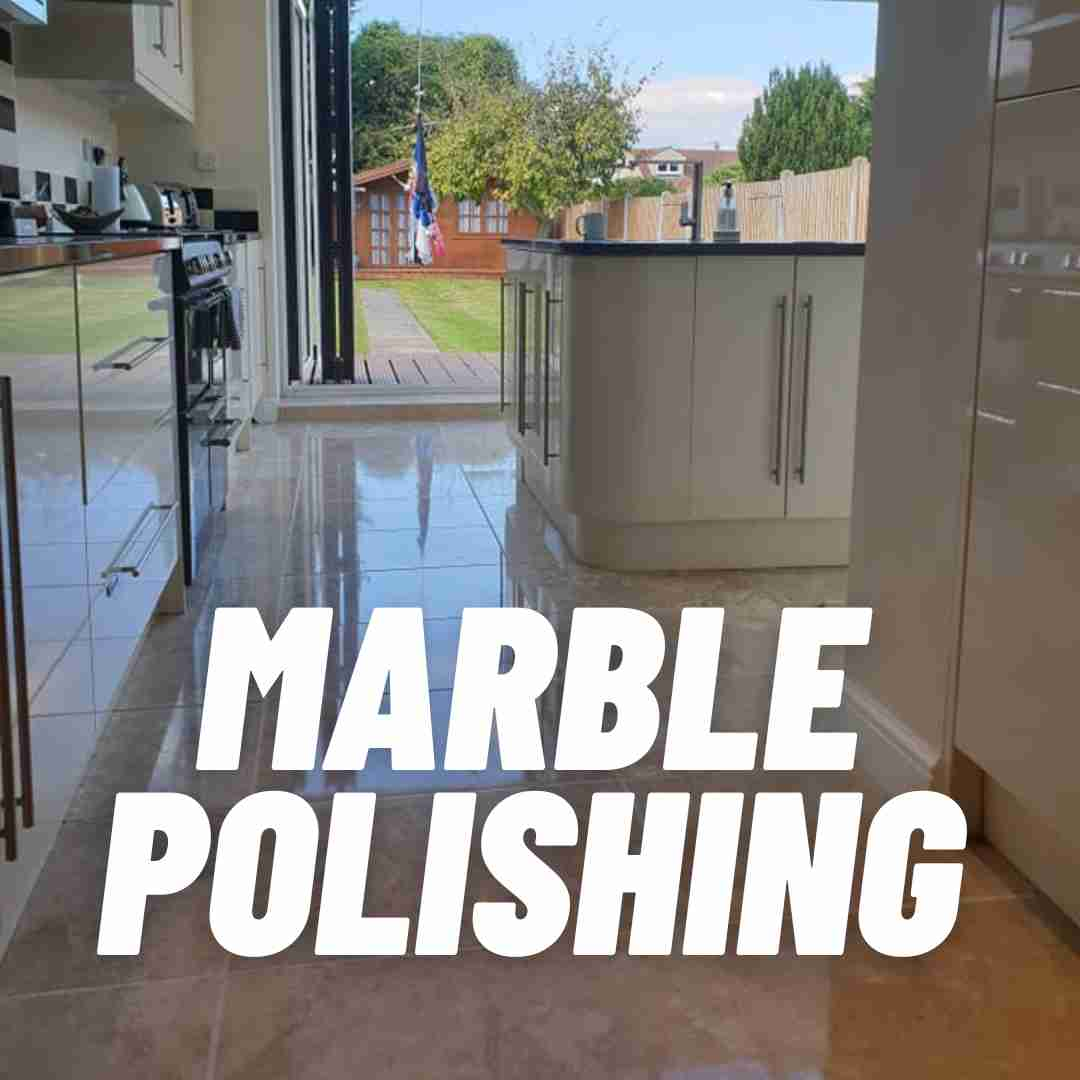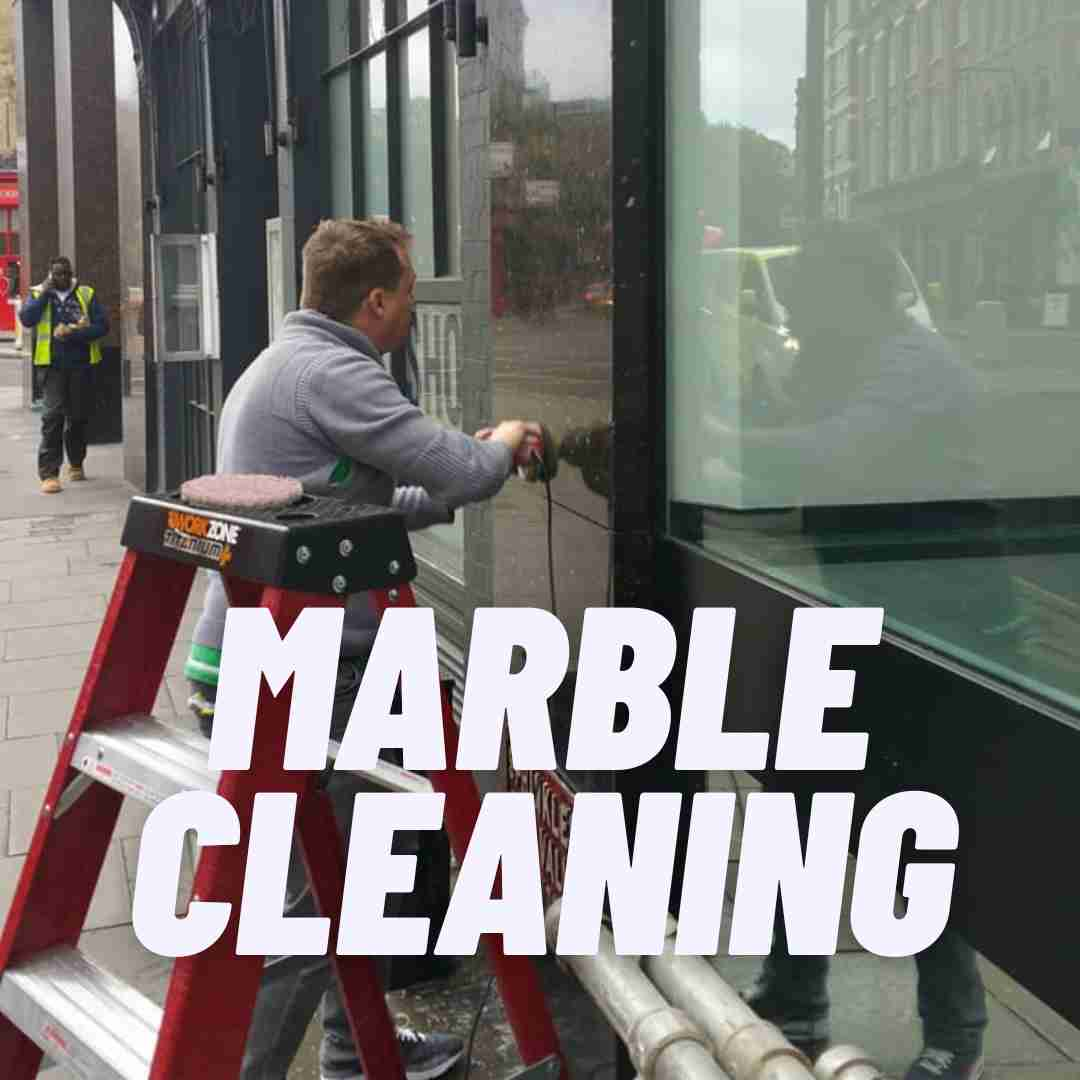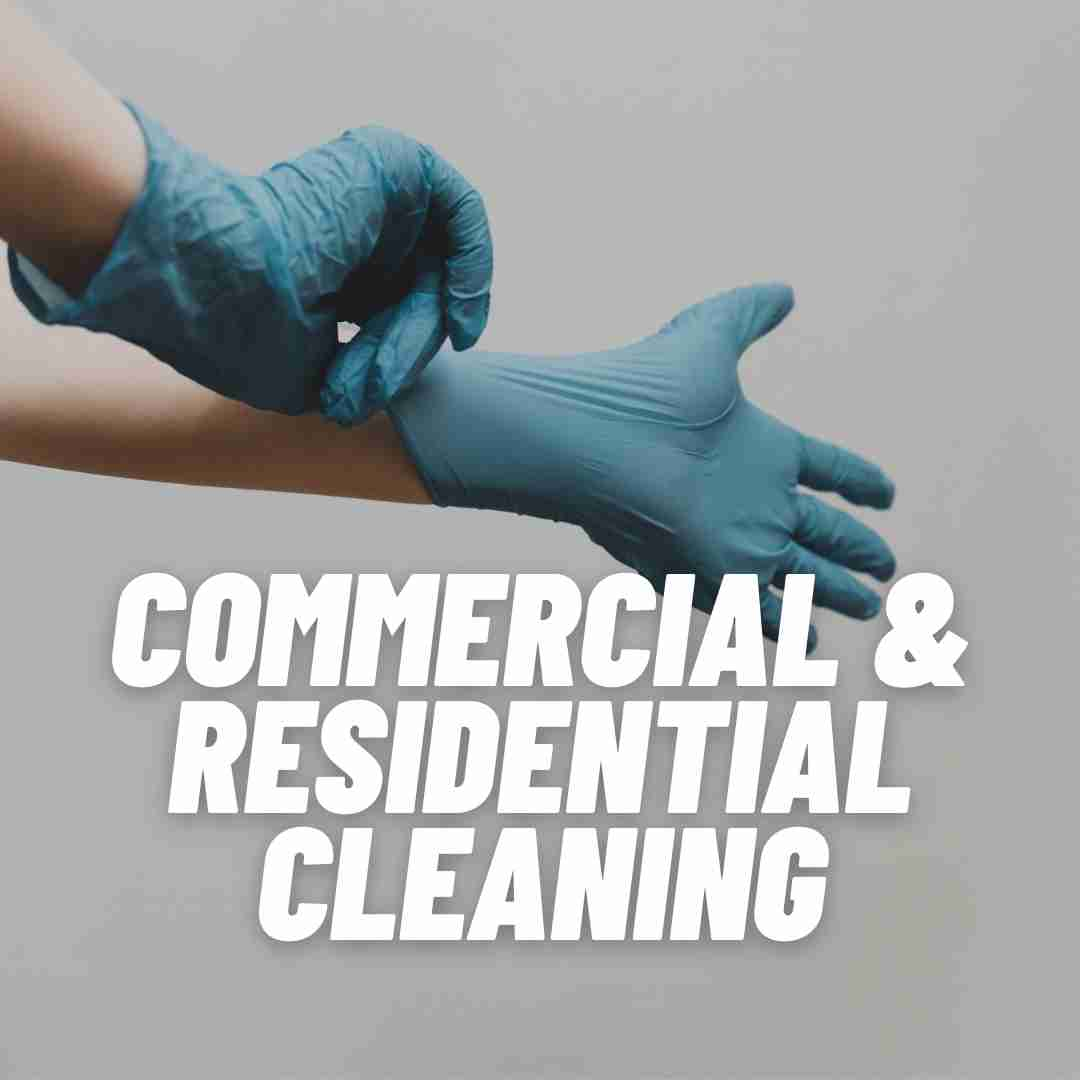In recent years, the marble finishing industry has seen remarkable advancements, leading to enhanced aesthetics, durability, and functionality. The introduction of innovative techniques and machinery has transformed the way architects, designers, and homeowners perceive and use marble in their projects.
Automated machinery and digital technology have enabled precise cutting and polishing of marble surfaces, ensuring uniform and high-quality finishes. These processes have streamlined the production, reduced wastage, and ultimately minimized the overall cost.
Eco-friendly finishes, such as water-based sealants and low-VOC treatments, have been developed to cater to consumer demand for sustainable solutions. These products not only preserve the natural beauty of the marble but also provide long-lasting protection against stains, scratches, and environmental damage.
Incorporating modern surface treatments like micro-beveling and anti-slip coatings has allowed the marble to be utilized in an even broader range of applications. Versatile finishes, including honed, brushed, and tumbled, have significantly expanded the design possibilities for commercial and residential spaces.
Although the marble finishing industry has come a long way, continuous research in innovative techniques, sustainable practices, and breakthrough technologies remains crucial to further enhance the potential of this timeless material. As of now, the combination of tradition and innovation in
marble finishing is set to shape the future of architectural design and interior spaces.
